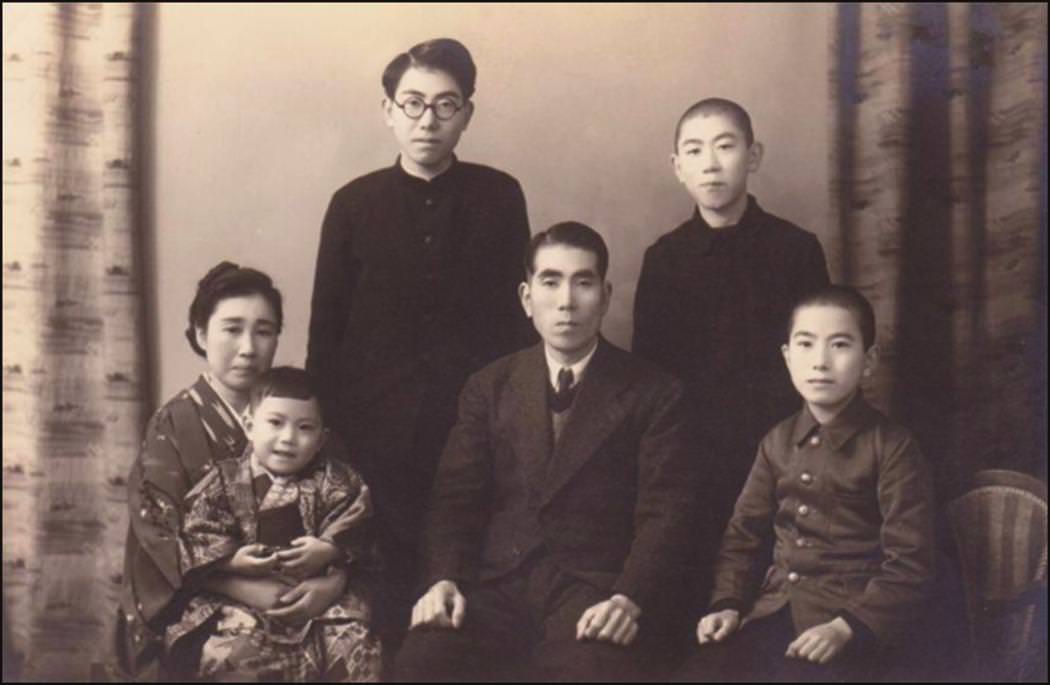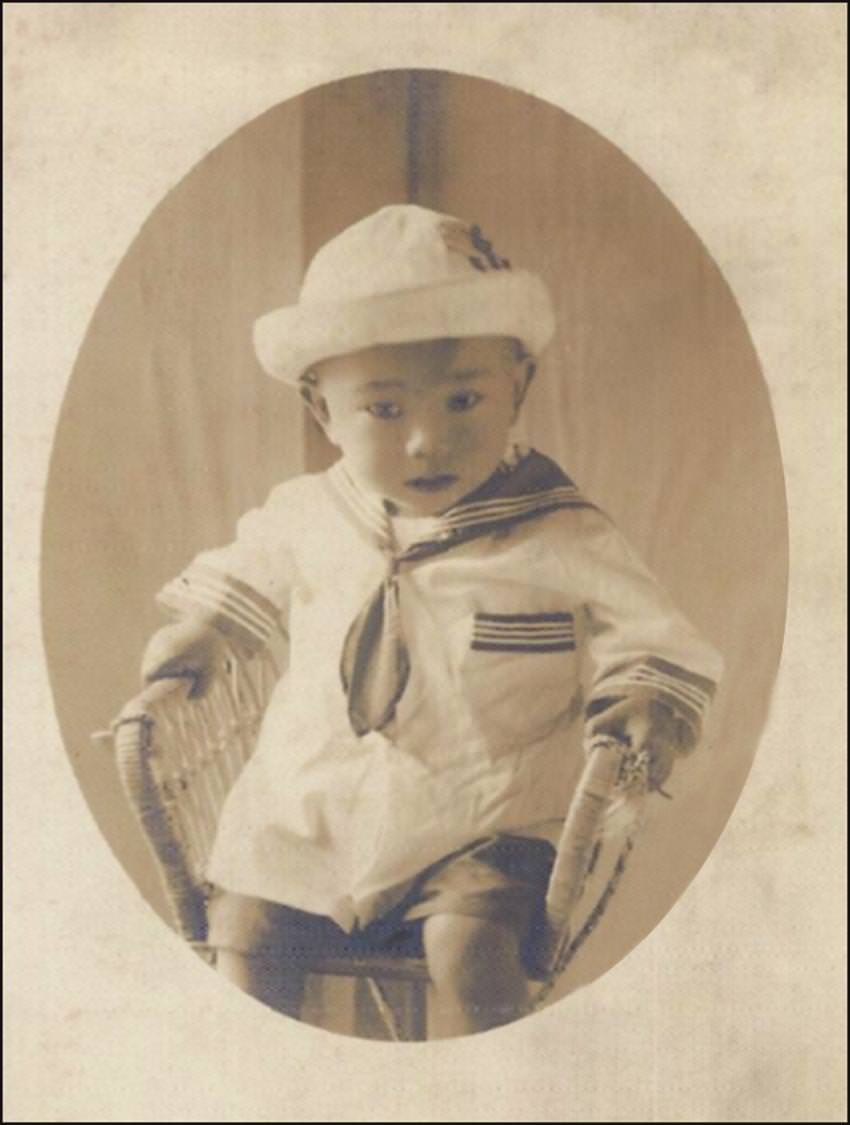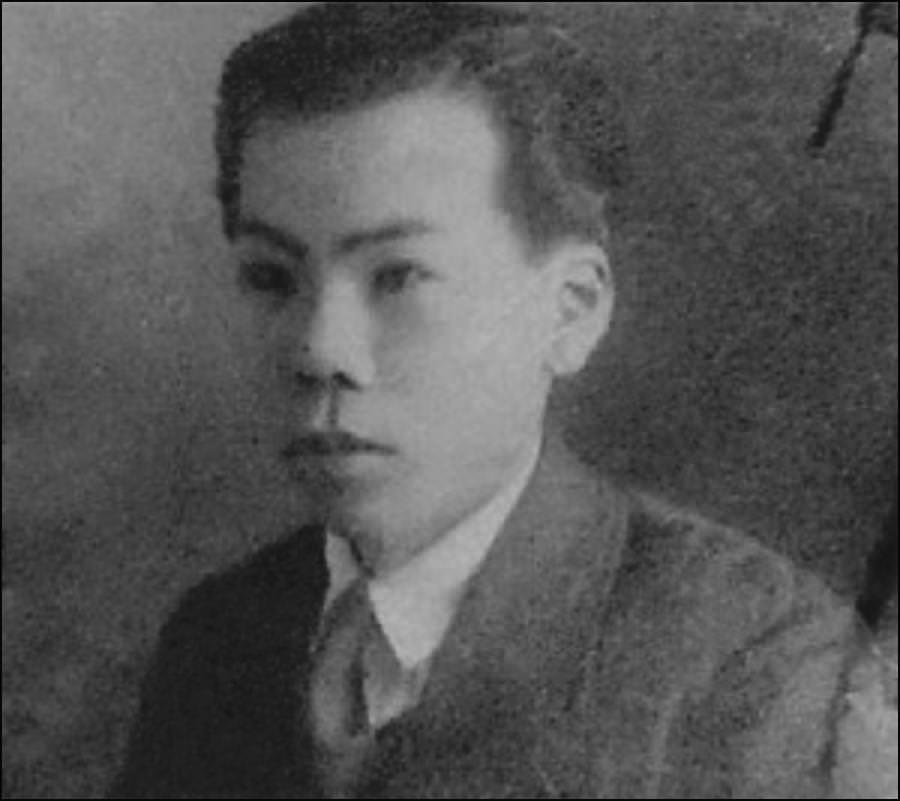by Hisashi Kobayashi
This is an excerpt of the speech “Rediscover my brother Shoshichi,” presented at the memorial reception held May 25, 2013, at the University of Tokyo. The complete speech is at shoshichikobayashi.com.

I realize how different was the world around Shoshichi, the first son of our family, from that around me, the third son, although we were raised by the same parents. I knew pretty much about his career, but I was not well aware of what Shoshichi felt or thought in his youth.
He published several essays in a Japanese journal, Mathematical Seminar, and elsewhere, but I read them for the first time only after he had passed away. Shoshichi was a quiet person like our mother and did not say much even to us, his younger brothers, about his memories and stories of younger days. I wish I had read these essays while he was alive; then I could have asked more details. Since my childhood, Shoshichi has been my role model, teacher, and the person I respected most among those I have personally known. He has been my hero, so to speak.
Soon after his birth our parents moved to Tokyo and opened a futon (Japanese bed) store in Koenji, Suginami-ku. By the time I grew to the age when I could remember things, our parents moved the store to Kyodo, Setagaya-ku, Tokyo. Apparently Shoshichi liked mathematics since his childhood, but he had some difficulty with a homework assignment given when he was a fifth- or sixth-grader, in which the student was asked to compute the volume of the cone that can be created from a fan shape. He recalls this incident in his essay “Deeply impressed by a beautiful theorem” in the May 1973 issue of Mathematics Seminar.

In April 1944 Shoshichi entered Chitose Middle School in Tokyo. This school emphasized military training, but discussions with the older students began his thinking of going on to high school. It was a big surprise for me to find that it was not until he entered middle school that he developed the idea of going to a high school, despite the fact that he was talented enough to be inspired by the Pythagorean Theorem.
In the spring of 1945 when he became a second-year student of the middle school, our family evacuated from Tokyo and moved to Minamisaku, Nagano-Ken, and the war ended soon after. Thanks to the kind people of Hiraga Village, the family stayed there until the fall of 1948. When Shoshichi became a fourth-year student of Nozawa Middle School1 there, the mathematics teacher was Mr. Muneo Hayashi. His encounter with Mr. Hayashi turned out to be a giant step to nurture the mathematician Shoshichi. He writes about that period in another essay, “The mathematician I luckily encountered: Muneo Hayashi, math teacher in middle school.”

It seems that Mr. Hayashi’s encouragement allowed Shoshichi to gain confidence to apply to Ichikoh (high school), and our parents came to realize that their first son was talented enough to advance to Ichikoh and then Todai (University of Tokyo). Shoshichi must have been the pride and emotional mainstay of our parents, who had lost everything in the war.
In 1948 Shoshichi succeeded in entering Ichikoh in his fourth year at middle school (skipping the fifth year), and the following year he entered the University of Tokyo under the new education system just introduced. In 1951 he advanced to the mathematics department, the Division of Sciences, and studied with the late Professor Kentaro Yano (1912–1993), who encouraged Shoshichi to strive to win the French Government’s Scholarship. I was in a junior high school at that time, and I remember well that Shoshichi attended French classes at Athénée Français and Institut Français du Japon on his way home after a day of studying at Todai.
He was told that the examination for the French Government Scholarship was stiff and advised to make a first trial when he was a senior at Todai. To his and Professor Yano’s surprise, he made it in his first attempt.
After a year of study in France, he moved to the University of Washington in Seattle, where he got his Ph.D. in less than two years. I was wondering all these years why he did not go to Princeton or Harvard, whereas he advised me to go to Princeton later. He explains his situation at that time in another essay, “My teachers, my friends and my mathematics: the period when I studied in the United States” in Mathematics Seminar, July 1982.
In recapitulating Shoshichi’s life from his childhood until his marriage, I believe that his encounters with his seniors at Chitose Middle School motivated Shoshichi to think about going to a high school. Mr. Muneo Hayashi at Nozawa Middle School discovered Shoshichi’s talent in mathematics and took time personally to nurture it. Professor Kentaro Yano encouraged him to study in France. Dr. Katsumi Nomizu egged Shoshichi on to study in the US. Professor Allendoerfer hired him as an assistant. Shoshichi’s friends and all of these wonderful encounters served as the sources of energy that drove Shoshichi to work as a mathematician for over fifty-five years. He led a fruitful life, blessed with a wonderful spouse and family.